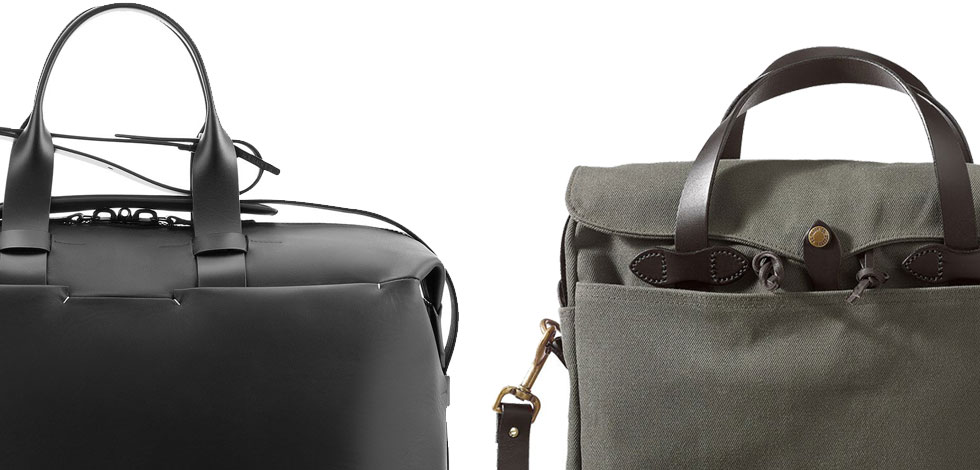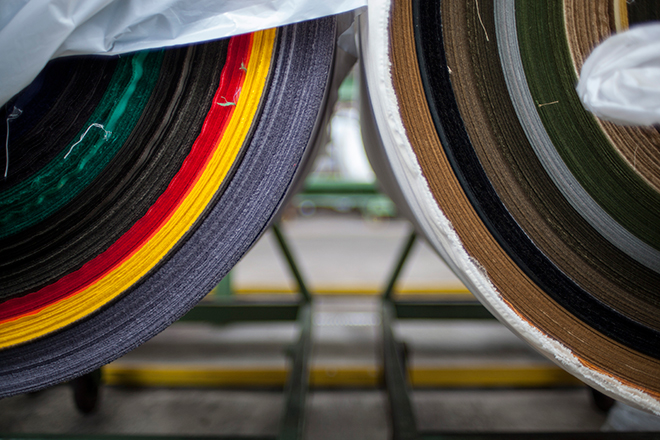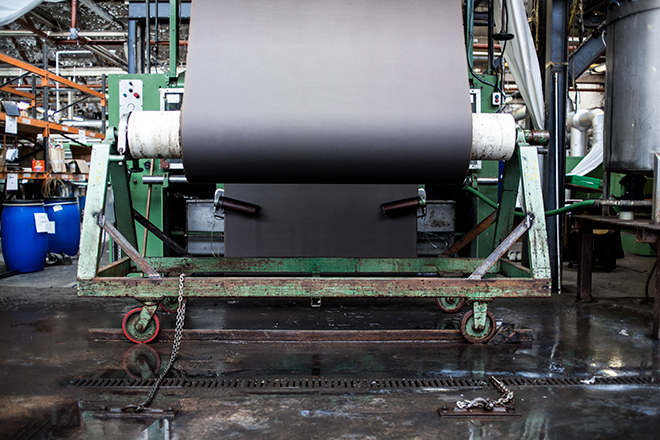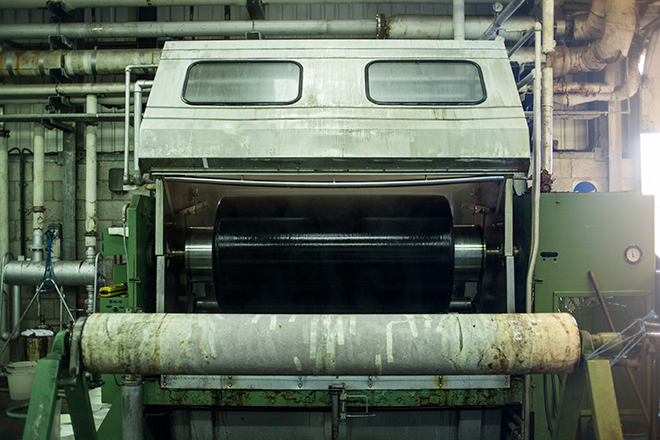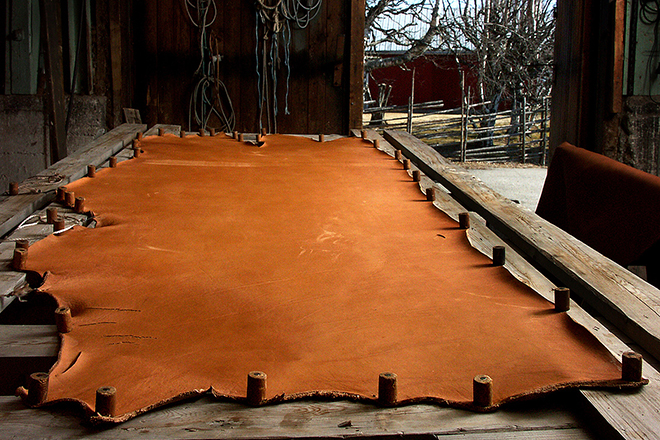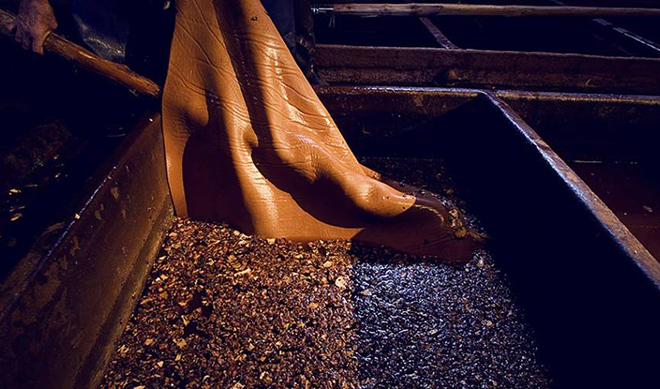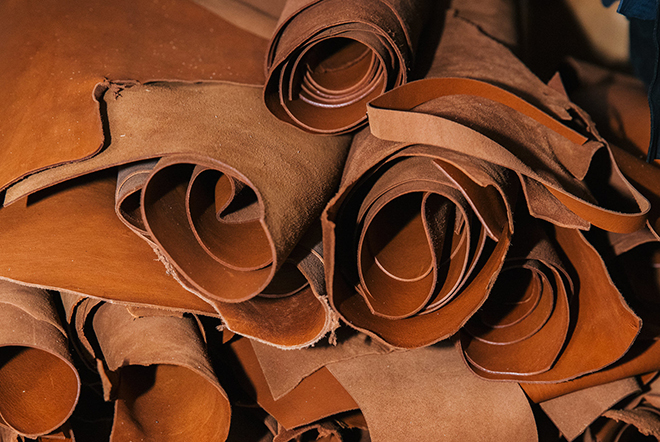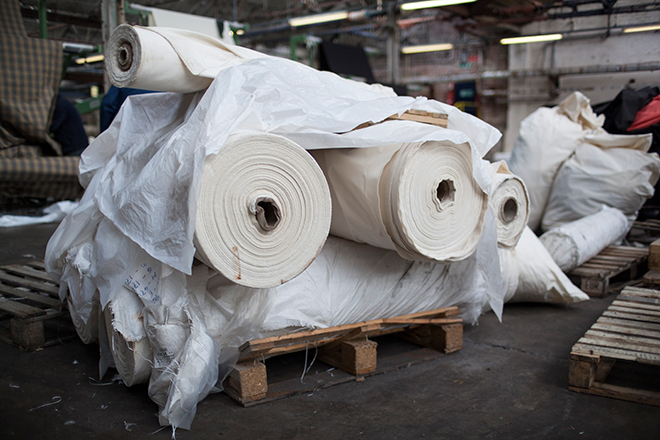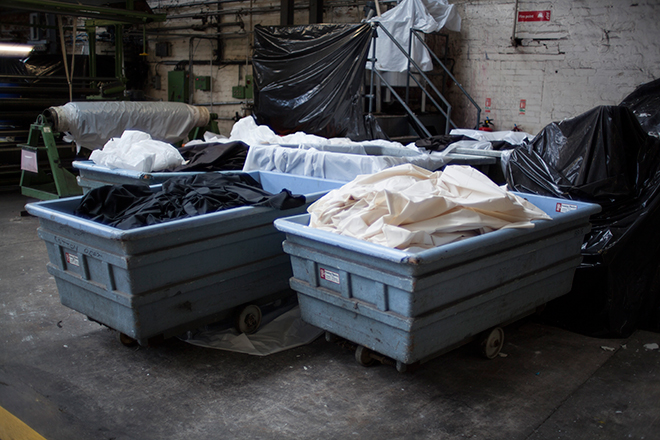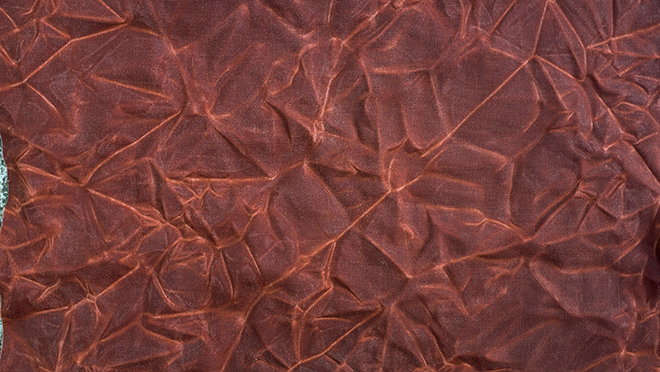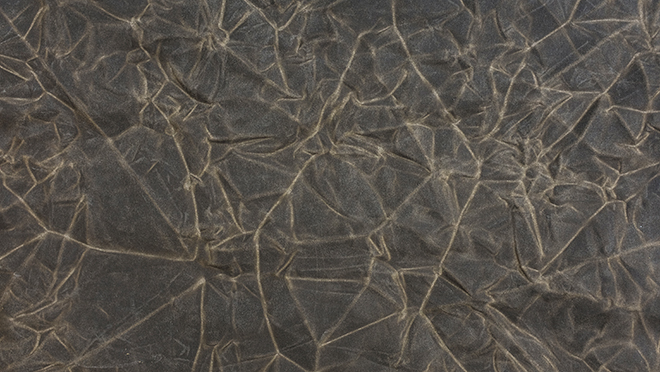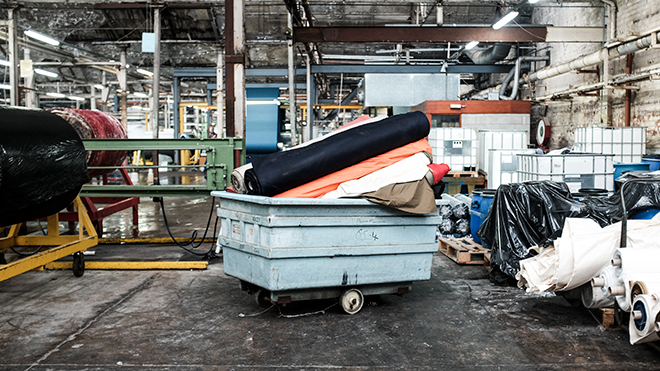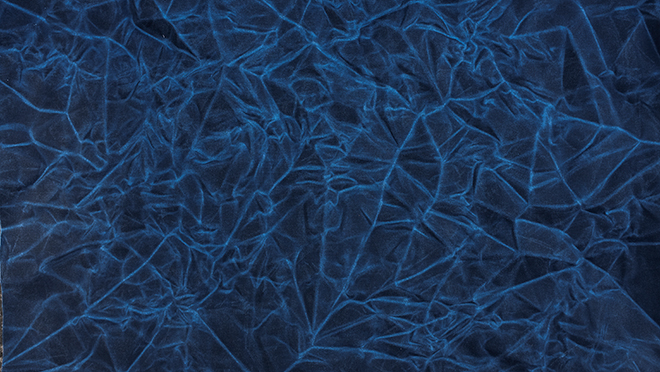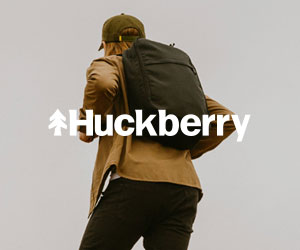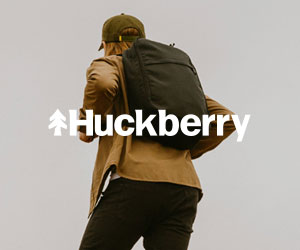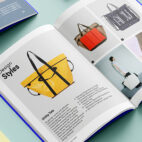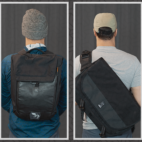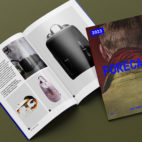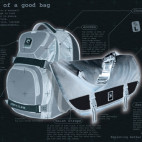Canvas vs Leather: Timeless Fabrics
Many thanks to Industrial Designer Janis Lacey for sharing his insights on the conundrum of canvas vs leather when choosing your carry…
Let’s start with a common scenario. You’ve landed a new job and you want to turn up on day one with a classy new bag. Regardless of which style of bag you’re after, there’s a good chance you’ll be wanting to invest in a timeless piece you can carry for years. There are literally hundreds of online articles dedicated to picking the perfect office bag, all of which stress the importance of selecting a great quality material. Leather and canvas are two options topping most lists, which leaves you in the position of schooling yourself on these two intricate fabrics. So we thought we’d do some of the legwork and give you a guide to choosing between canvas and leather, and what to look out for in either case.
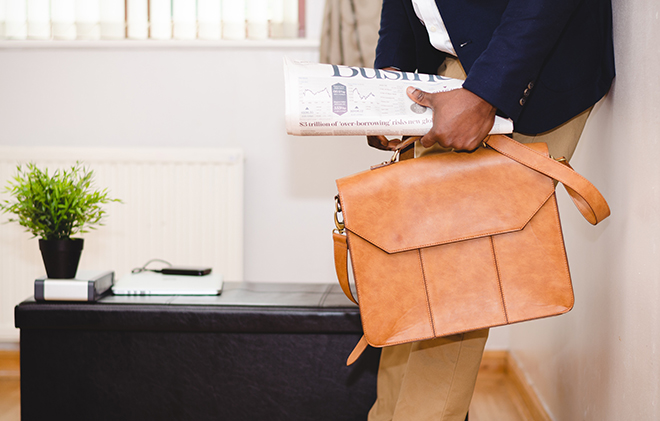
What is canvas?
The term canvas is broad and old. Deriving from the Old French word chanevaz meaning “made from hemp”, the word has evolved to become a catch-all for heavy plain weave fabric, the type you would know from old tents. These days it’s more often made from cotton than hemp but can also be found in linen and synthetic varieties. Amongst the vast variety of canvases, from Chuck Taylors to art canvas, waxed cotton canvas stands out as the premium choice for timeless carry goods.
The first people to wax their cotton were the British seafaring folk of the 15th century. Their goal was to create a more efficient sail that was lighter and more weather resistant, like an old world X-Pac. To achieve this they would treat the canvas sail with fats and oils. The crude process evolved as trade routes became more competitive and by the 1700s weaving mills had begun to refine the technology to create a fine fabric suitable for more than just sails. Treated canvas became and remained an advanced performance material all the way up to WW2, used in mountaineering and military applications until the advent of synthetic fibers saw its use diminish. The recent resurgence of artisan fabrics has revived the production of premium waxed canvas and generally the best examples come from the same heritage UK mills that first discovered its secrets all those years ago. As a result of the newfound interest, new wax innovations are constantly being developed to meet the new market demands.
What is leather?
Sure, everybody probably knows what leather is but it’s amazing to think that humans have been using this primitive material for over 5000 years. Ponder for a minute the fact that the leather used on astronauts’ gloves in the ’60s was really no different to the leather found on the shoes of the Iceman Ötzi who lived around 3000 BC. Like us, early man noticed animal skins, a leftover from hunting which they used for clothing, tools and shelter. Seeing as raw skin is prone to rotting or drying, basic tanning techniques were discovered to preserve the skin’s natural properties. Since Ötzi, leather has remained one of mankind’s most ubiquitous materials and its manufacturing processes have evolved over the centuries, hand in hand with technological advances. Around the 8th century the Spanish refined the art of tanning to a craft, perfecting the vegetable tanning techniques used on Cordovan leather. The other major advancement took place at the end of the 19th century when chromium tanning was discovered which greatly sped up the process and cut production costs. As leather’s popularity and prestige has consistently grown, so too have the variations. Now a mind-boggling range of options are available, spanning from exotic animal leathers to bonded and artificial leathers.
So what do all those terms mean?
Tanning is one of the many steps in making leather in which the collagen fibers in the skin are altered to preserve its soft, flexible and durable qualities. Before tanning, the skin goes through a long list of processes to cure, wash, dehair and prepare the hide for the chemical transformation. Then the tanning itself occurs by soaking the raw hide in a tanning solution. For a very long time this solution was an organic bark compound called tannin, hence the term tanning. These days this method is still practiced and is most commonly known as veg tanning. Chrome tanning differs by replacing the natural tannin with Chromium Sulfate which is a faster acting solution. The two processes have quite different results and for bags I prefer veg-tanned leather because it is more versatile. I don’t want to say you can’t create good leather with chrome tanning, but I will say that as it’s the faster of the two it lends itself to exploitation so the range of qualities is greater. You can read more about the two here.
Other factors to be mindful of are the hide and the grain of the leather. The most common hides available from thinnest to thickest are pig, sheep, calf and cow. Calf is a nice thickness for bags, or for a chunky item you might use cow or bridle leather. Grain refers to how the leather is split. The most durable and most expensive leather comes from the outermost layer of the skin, referred to as full grain. This external surface is where the fibers are most dense and hard-wearing. Top grain is a middle of the road leather, made by splitting off the outer surface to create a uniform product. It’s a weaker leather often used on handbags and wallets. Leather grains to avoid include genuine leather, bonded leather or corrected grain leather.
Compared to leather, waxed canvas has fewer variables to consider. The three major factors being the fiber, the weave and the wax. By no means is that to say it’s a straightforward fabric; you could write a book on each one of those three topics alone and when combined they produce a huge variety of fabrics. The fiber refers to the cotton in its rawest state. For a strong and durable yarn first you need a high-grade cotton with long fibers. These are referred to as long staple cottons, some common varieties include American Pima, Egyptian and American Egyptian cotton. From its raw state the cotton is turned into yarn and woven into cloth. By altering the thickness of the yarn and the density of the weave, mills can create different weight canvases. Choosing a bag canvas weight is a balancing act of stiffness, weight, durability and price. As a reference point Trakke use canvases from 8oz/270gm to a 12oz/400gm for external pack cloth.
“The most durable and most expensive leather comes from the outermost layer of the skin, referred to as full grain. This external surface is where the fibers are most dense and hard-wearing.”
Wax finishing is what turns a nice quality canvas into a specialty fabric with super canvas properties. The traditional wax treatment was paraffin based and primarily developed to add water and wind resistance but also improved the longevity of the fabric. Another side effect of the treatment was that waxing drastically altered the character of the fabric, changing the color, drape, sheen and handfeel. This provided the mills with an opportunity to play with these variables and develop fabrics with specific applications in mind. There are a lot of wax options available but here are a few typical styles.
Heritage waxes are all about original recipes with a vintage look and feel. They are most likely paraffin based and will have a slightly damp appearance and handfeel. A bag made with a traditional wax will have visible creases, however these marks fade when the bag is rewaxed. To reproof is a simple procedure of rubbing in wax and melting with a hairdryer.
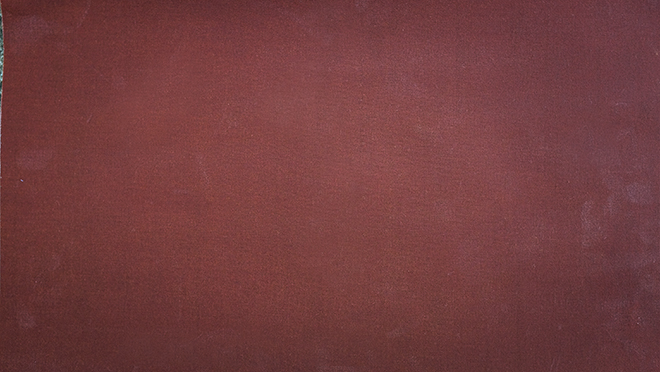
New performance waxes hybridise the paraffin with fluorocarbon to improve handfeel, weatherproofing or melt point. In most cases they will look and feel less wet. With these it’s best to check how to reproof as it may require a specific product.
Superdry finishes aren’t really wax at all but a chemical treatment that adds weatherproofing. They will be a lot lighter in color and have a completely dry handfeel. Unlike wax canvas, superdry canvas won’t sheet water away, and over time the treatment will wear and be less waterproof. Unlike heritage waxes it’s impossible to return superdry to factory settings but you can find sprays that will restore a good level of waterproofness.
Natural waxes aim to reduce the environmental impact associated with paraffin by finding wax alternatives. Beeswax is a popular option but is more expensive.
I would suggest that if you’re hunting for the perfect wax canvas it’s best to start with an idea of the properties you’re after first or you may get lost in the sea of options. Once you find a few candidates, compare what the wax is made from, how to care for it, its waterproofing stats and generally what it looks, feels and wears like.
Key differences
As there is so much variety in each material let’s narrow the field to the top quality leathers and waxed canvases. Firstly price, seeing as it’s often the first thing people think of. Comparing two identical bags, the leather version will cost you 20% to 50% more. Leather also has better strength and abrasion resistance statistics. Even compared with synthetics, it’s still a preferred material for motorbike apparel due to its ability to withstand a skid across bitumen. Also the fibers of good leather are densely meshed together so a small hole won’t unravel like a woven material. Weatherproofing is where waxed canvas shines. Its wet weather performance is similar to Gore-Tex, with the added benefit that you can continually reproof it as the treatment wears off. A well waxed canvas can withstand heavy rain, wet snow or even being plonked in a puddle. In contrast, leather is not inherently waterproof and can be damaged by water, although it’s often treated with a waterproof coating. From a care perspective the two are quite similar, both require a regular maintenance routine involving conditioners or wax applications. In either case, you can expect at least a 40-year life span with proper care. There is concern from some that wax can rub off and damage clothing but the guys at Trakke tell us this is an extremely rare problem. Small amounts of wax may transfer but as you regularly wash your clothes there is no chance for the wax to build up.
“Weatherproofing is where waxed canvas shines. Its wet weather performance is similar to Gore-Tex, with the added benefit that you can continually reproof it as the treatment wears off.”
Summary
Back to the original challenge of looking for the perfect work bag. Performance-wise it’s hard to split the two so it might come down to what environment you’ll be working in. For traditional corporate offices the leather briefcase is the default option and will be more gentle on an expensive suit. Canvas offers a more smart casual appearance which gives added work to weekend value. You won’t look out of place hiking with a nice waxed canvas backpack. And when it comes to identifying quality material, my best advice is to speak to the makers. In most cases if someone is using a great material they will be passionate about it and want to share everything they know.
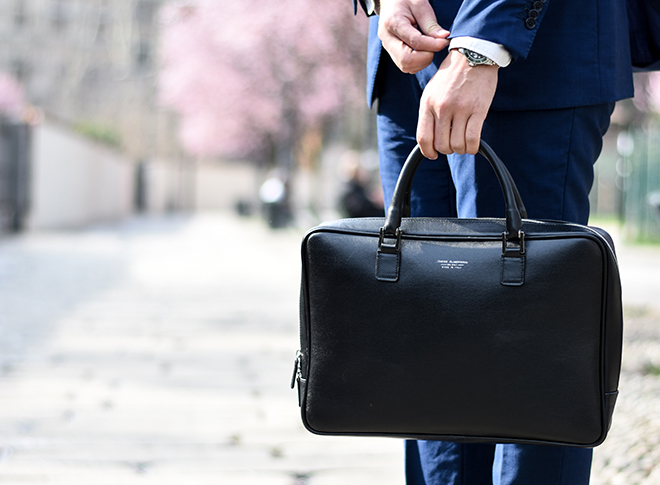
Whichever way you choose to go, buying a bag in a timeless material is as much a lifestyle choice as a practical decision. There is a commitment required to keep these bags in good condition but that effort spent looking after your bag will give you warm and fuzzies that no nylon bag ever will. And as an extra reward for your effort the bag will develop a unique personality with creases and wear points developing over time. Lastly, it’s about finding an affinity for the material and a pride in its heritage. There’s a comfort in knowing that you and the craftspeople involved are connected to a way of making that has endured for centuries.
Waxed canvas imagery courtesy of Trakke.
Janis Lacey is the c0-founder of Soft Serve Studio design agency.





 Carry Awards
Carry Awards Insights
Insights Liking
Liking Projects
Projects Interviews
Interviews
